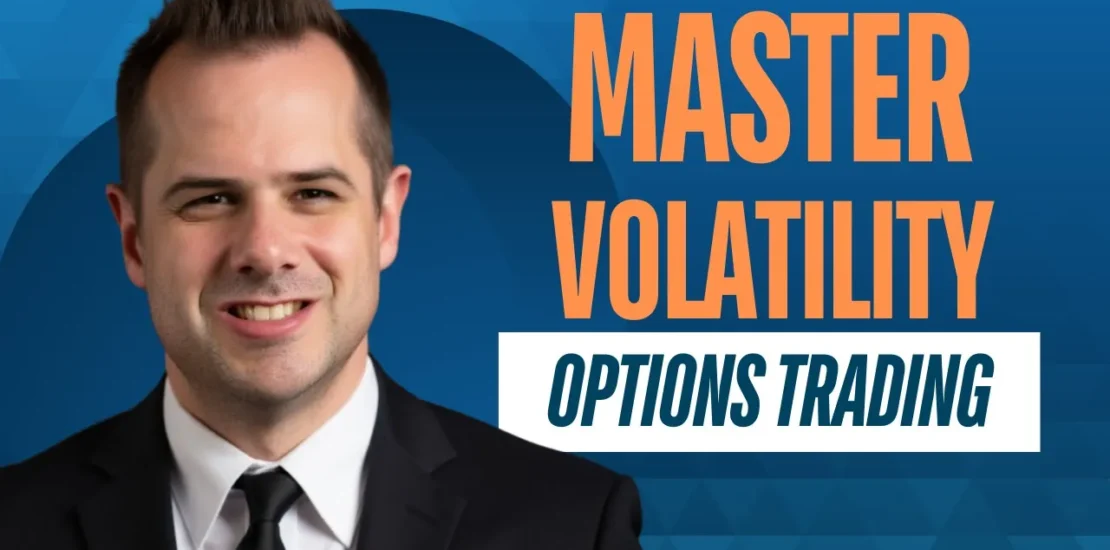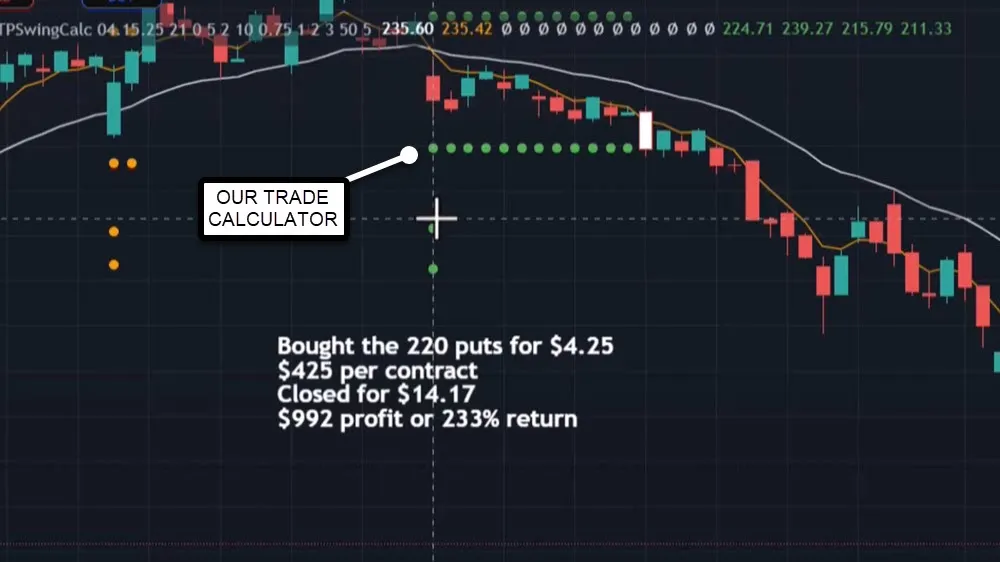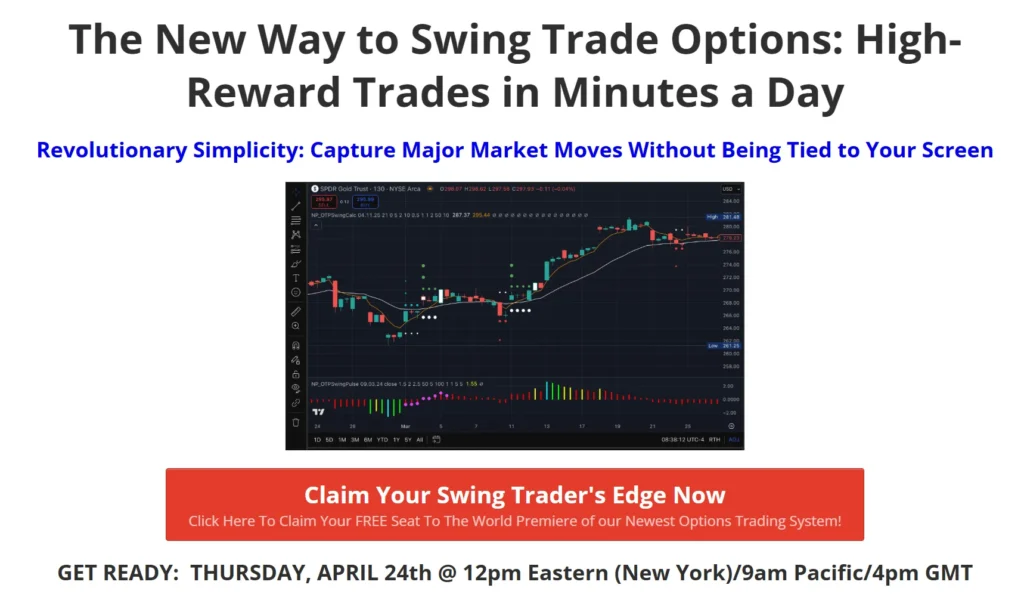- April 15, 2025
- Posted by: CoachMike
- Categories: Options Trading, Trading Article

You’ll find more success when options trading by developing a disciplined approach that focuses on systematic strategy and strict risk management. Start by understanding market conditions and using reliable indicators (to avoid subjectivity) to identify profitable setups. Set clear entry points, targets, and stop-losses while keeping emotions in check. Don’t risk more than 2-5% per trade and document your results to refine your strategy. The path to consistent profits begins with mastering these fundamental principles.
Anyone can learn to trade options successfully, but it takes a disciplined approach and the right strategy to achieve consistent results. If you’re looking to master options trading, you’ll need to focus on developing a systematic approach that works in any market condition, whether bullish or bearish. The key is to maintain discipline and follow a structured trading plan that emphasizes risk management.
Today’s market conditions are more volatile than ever, with significant daily price swings becoming the norm. While this might seem challenging, it actually creates excellent opportunities for traders who know what they’re doing. You’ll want to focus on price action rather than getting caught up in news headlines or social media noise. By maintaining a consistent watch list and using reliable indicators, you can identify profitable trade setups more effectively.
You’ll want to clearly identify your entry points, target prices, and stop-loss levels based on market signals, not gut feelings. This helps remove emotion from your trading decisions and ensures consistency.
It’s important to document your results to help refine your strategy over time. Risk management should be the foundation of your trading approach. Don’t risk more than 2% to 5% of your account on any single trade. Remember, each trade is just one of many opportunities, so there’s no need to bet the farm. Set your maximum risk at the outset and stick to it. This approach will help you avoid significant drawdowns and maintain peace of mind.

Consider a real-world example: A bearish trade on Amazon using 220 puts with an entry price of $425 per contract resulted in a $992 profit – a 233% return. While these results aren’t typical, you should aim for consistent returns between 50% to 100%. By following a disciplined approach and maintaining proper risk management, you’ll be better positioned to achieve consistent success in options trading.
Your Questions Answered
How Long Does It Typically Take to Become Proficient in Options Trading?
You’ll need 6-12 months of dedicated practice to become proficient in options trading, mastering risk management, trade setups, and market analysis while maintaining consistent discipline through volatile conditions.
What Is the Minimum Capital Required to Start Trading Options Effectively?
You’ll need at least $5,000 to trade options effectively, allowing proper position sizing and risk management of 2-5% per trade while maintaining enough capital for multiple positions.
Which Broker Platforms Are Most Suitable for Implementing These Options Strategies?
TD Ameritrade’s Thinkorswim, E*TRADE, and Tastyworks offer strong options trading platforms with comprehensive tools, competitive fees, and reliable execution for implementing advanced trading strategies.
Can These Strategies Work Effectively in International Markets Outside the US?
You can adapt these strategies to international markets, but you’ll need to consider different regulations, liquidity levels, and market hours. US options markets offer the most liquidity and standardized contracts.
What Percentage of Successful Options Traders Maintain Profitability Over the Long Term?
Some statistics show that only about 10-15% of options traders maintain long-term profitability, as most struggle with discipline, risk management, and emotional control in volatile market conditions.

